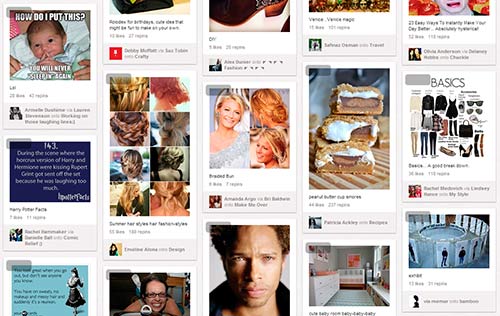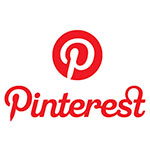 Have you noticed how many different kinds of toothpaste there are?
Have you noticed how many different kinds of toothpaste there are?
There’s whitening and 24 hour protection. There’s Pro Health and Total. There’s cavity protection and stuff for sensitive teeth. Then they have every combination possible, different levels of whitening and your choice of paste or gel.
I find it pretty annoying, and I’m yet to find anyone who thinks otherwise. But, there’s a lesson here you can apply to your email marketing… without annoying anyone.
First off, let’s look at why are there so many kinds of toothpaste.
It’s market segmentation. They make an option to fit every desire and every budget. Supposedly, they’ll get more satisfied customers by meeting people’s needs more precisely. In the case of Crest and Colgate, I think they’re causing more frustration.
Either way, they are squeezing every last penny out of each consumer. If you’re willing to spend a lot on toothpaste, there are high priced options to let you… and don’t forget the special mouthwash, whitening strips and toothbrush to match. The same goes for folks who are up for moderate and low budget options.
There’s a price point for every budget.
Hardly a penny of profit is missed. Whatever you’re willing to spend on toothpaste, they’ll take it. Plus, a retailer has to devote so much shelf space to Crest and Colgate that other options are easy to overlook. (I suspect they ensure this by making retailers sign contracts detailing minimum shelf space coverage.)
That’s annoying market segmentation. You’ll see it in pet food, too, and even yogurt! But, that doesn’t mean market segmentation is a bad idea.
When you’re communicating with a customer, client or donor, you’re speaking to an individual. When you send out an email blast, you’re speaking to a bunch of people at once. Segmentation can help make your communications more personal and profitable.
Time for an example.
[Read more…]



 I don’t really care for Facebook. I bet you don’t exactly love it either. Maybe you even hate it. The problem is that you have to use it these days or you’ll be left in the dust.
I don’t really care for Facebook. I bet you don’t exactly love it either. Maybe you even hate it. The problem is that you have to use it these days or you’ll be left in the dust.

 I’ve put together these 7 rules from a few different sources:
I’ve put together these 7 rules from a few different sources: